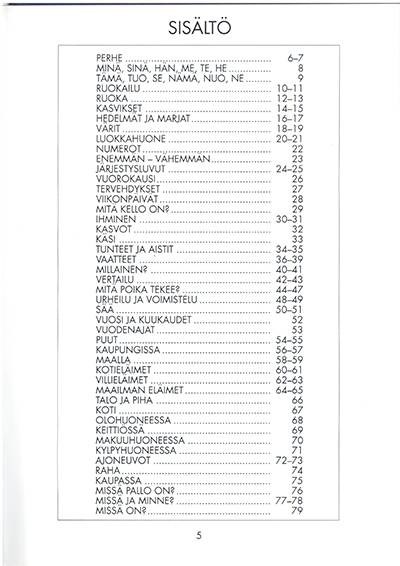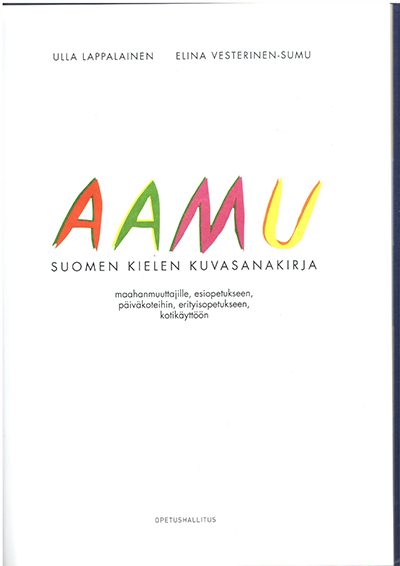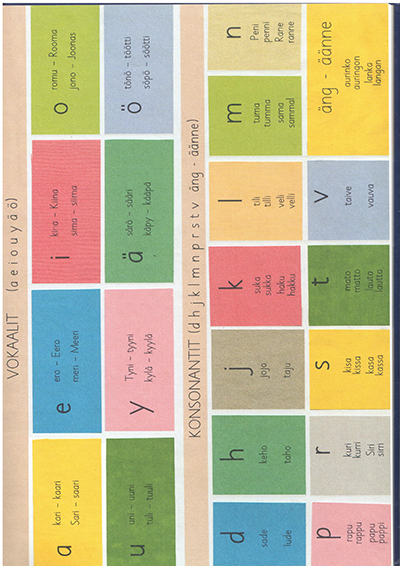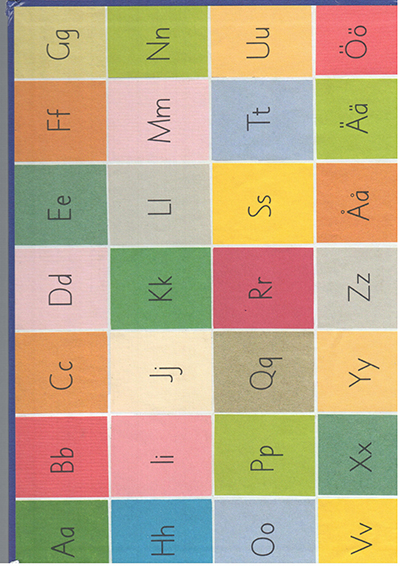| Sorted by date | |||
page197from Building Ideas
at
present neutralized by our spatial as well as our social confusion. The
political form of postmodernism, if there ever is any, will have as its
vocation the invention and projection of a global cognitive mapping, on a
social as well as a spatial scale.31
Jameson
likewise imagined the Utopian project to be a key component of this “counterhegemony”,
suggesting alternative ideas and practices of space against which society could
develop new demands of the present system. It is here that his thinking
overlaps most directly with Tafuri, although at the same time he also refers
back to Marx’s writings – particularly the way the new emerges from within the
old:
Such
figures suggest something like an enclave theory of social transition,
according to which the emergent future … is theorized in terms of small yet
strategic pockets or beach-heads within the older system. The essentially
spatial nature of the characterization is no accident and conveys something
like a historical tension between two radically different types of space, in
which the emergent yet more powerful kind will gradually extend its influence
and dynamism over the older form, fanning out from its initial implantations
and gradually ‘colonising’ what persists around it.32
Towards a Marxist Practice – Lefebvre and De Certeau
The theme of revolution at the small scale –
almost by stealth as opposed to sudden transformation – has also been a
powerful influence in grass roots architectural practice, as part of a movement
to democratize the process. As a contrast to the critique implied by the “pure
architecture” mentioned by Tafuri, discussed at the end of Chapter 2 and
returned to in Chapter 4, this section will concluded with
|
|||
|
|||
|
|
 ... ...
... ... ... ...
... ... ... ...
... ... ... ...
... ... ... ...
... ... ... ...
... ... ... ...
... ... ... ...
... ... ... ...
... ... ... ...
... ... ... ...
... ... ... ...
... ... ... ...
... ... ... ...
... ... ... ...
... ...